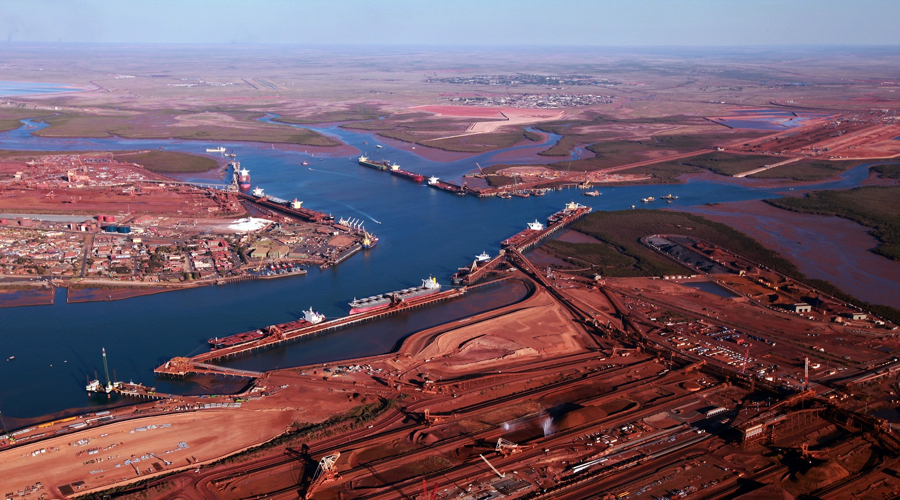
Miner BHP Group said on Tuesday it plans to expand its iron ore export capacity from Port Hedland, the largest global shipping hub for the steel-making commodity, by up to 40 million tonnes a year to 330 million tonnes a year.
The move comes as improvements across BHP’s supply chain have opened the way to raise shipments if market conditions allow, Tim Day, BHP’s Acting Asset President Western Australia Iron Ore, said in a statement.
The company has begun community consultation, which could take four to six weeks, and would then apply to regulators for the added capacity in a process that is likely to take the rest of the year.
Its focus in the medium term, however, remains on reaching its current capacity at the port of 290 million tonnes a year, Day said.
BHP’s iron ore exports last financial year totalled 238 million tonnes, around 85% of capacity
BHP’s iron ore exports last financial year totalled 238 million tonnes, around 85 percent of capacity. Forecast shipments this year stand at 273 – 286 million tonnes.
“Any increase in our production has the potential to deliver flow-on benefits for local jobs, local business and additional royalty revenues for the state,” Day said.
BHP also said it planned to invest up to A$300 million ($194 million) more over five years to improve air quality and cut dust emissions across its Pilbara operations on top of A$400 million already spent.
Dust emissions have been a major issue for global miners using the remote northern port, including Fortescue Metals and Gina Rinehart’s Hancock Prospecting, where dust particles have sparked health concerns.
New measures will include “wind fences” to reduce dust lift-off from stockpiles, planting more vegetation and setting up more dust control projects across the supply chain.
Additional measures would include moisture management systems, ore conditioning and monitoring infrastructure, BHP General Manager Port, Nilson Davila, said in a statement.
($1 = 1.5494 Australian dollars)
(By Melanie Burton; Editing by Richard Pullin)
Comments